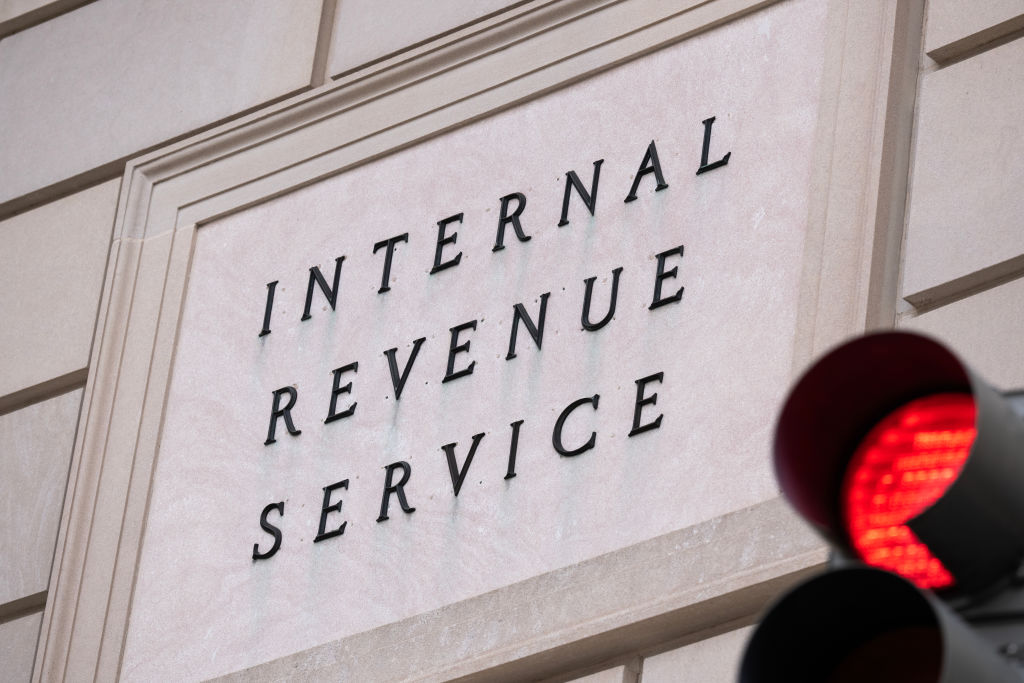Funding isn’t a one-time deal for most startups. It’s common for startups to raise capital via multiple funding rounds, each being a step above the previous. Even when a startup achieves success in a lower round, they continue to raise capital via consecutive rounds in efforts to scale their business to new heights. So, what are funding rounds? How do they work? How do you determine how many funding rounds are appropriate for your startup? We’re glad you asked. Here’s all you need to know:
What is a funding round?
Essentially, a funding round is a period of time where a startup sets out to raise capital in order to achieve a goal or milestone. In between funding rounds, the startup will continue to improve via sales, digital impressions, or adding new team members to increase the overall valuation, which is evaluated and assessed by potential investors.
There is no standard amount of time between funding rounds which is usually determined by founders who feel their valuation has increased enough to seek additional funds. There is also no limit on the number of investors that can invest in each funding round. It is at this time, during a funding round, that terms are agreed upon between founder and investor.
What are the types of funding rounds?
Pre-seed / Seed
This is an early stage of funding and usually informal in nature. During the pre-seed round, friends, family, and close business associates invest in a startup that has a solid idea but little-to-no hard evidence of success. Although this is an early round and capital raised here might be lower than all other consecutive rounds, it is still a crucial funding round for startups.
In the seed round, angel investors, accelerators, and incubators are the targeted investors, and startups raising funds usually need capital to improve their products. Funds are used to make a physical product or MVP (minimal viable product). According to Forbes, during these early stages, the average capital raised is $100k to a “few million” dollars.
Series A / Series B
Startups that make it to this stage of funding usually have solid data, research, and a proven track record that prior investments panned out well. They’ve scaled their startup with pre-seed and seed investments and are ready to take their business to the next level.
Securing the bag to accelerate revenue growth is the main focus of this round. Startups that have had monetary success in one area use funding to seek out new opportunities to meet heightened revenue milestones.
The funds ranging from $5 million up to tens of millions that may be raised in this round might go toward startups who have plans for new development and growth.
Series C and Beyond
Businesses who decide to raise funds in this round are looking to scale. Series C investors are looking for businesses that are seen as low-risk investments. Round C can transition into rounds D and E to further scale at the highest level. Forbes reports that investors can invest “tens of millions” at this stage and higher.
How many funding rounds does your startup need?
Assessing the goals of the founders or CEO can determine how many funding rounds are necessary for a startup. If the goal of the startup is to exit, meaning you’ve built the startup with plans to sell your ownership or majority of your stake for a big take home, then more funding rounds might be appropriate to reach the highest possible valuation. According to Plug and Play, companies that underwent an exit event averaged about 4.4 funding rounds.
It’s important to note that usually with each funding round, investors will acquire a percentage of your company. With this in mind, if your goal is to retain majority ownership, it might be a good idea to consider keeping the number of funding rounds to a minimum.
















